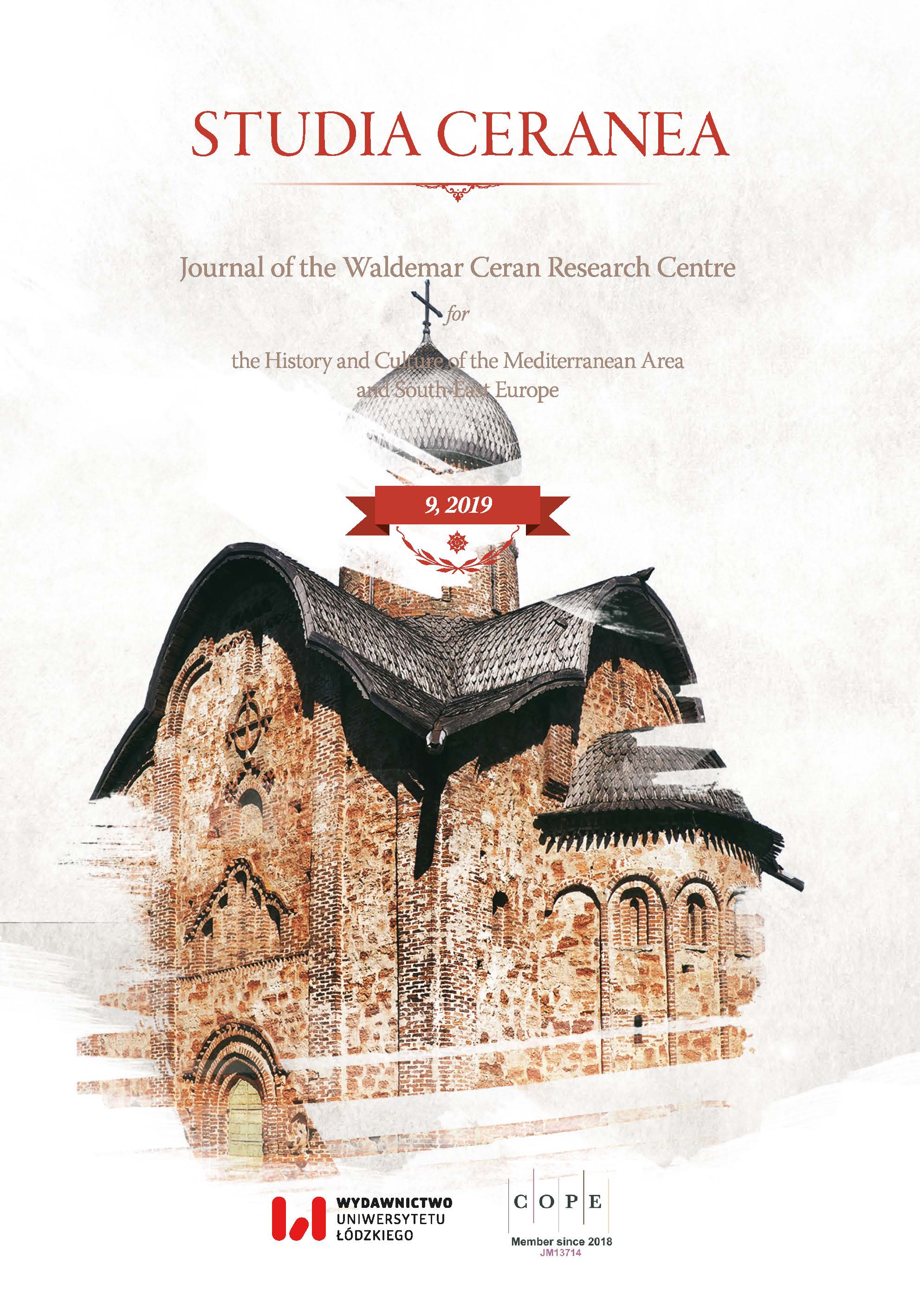The Image of Muhammad in Riccoldo da Monte di Croce’s Contra legem Sarracenorum
The Image of Muhammad in Riccoldo da Monte di Croce’s Contra legem Sarracenorum
Author(s): Maciej DawczykSubject(s): Middle Ages, Islam studies, History of Religion
Published by: Wydawnictwo Uniwersytetu Łódzkiego
Keywords: Christianity; Contra legem Sarracenorum; Islam; Muhammad; anti-Islamic polemic; Riccoldo da Monte di Croce; Medieval religion
Summary/Abstract: Contra legem Sarracenorum written by the Dominican Riccoldo da Monte di Croce was considered one of the most influential medieval Christian anti-Islamic polemics. The treatise was devoted to criticism of the Quran, which was also reflected in the way Muhammad was presented there. It offers an image of the prophet that is rather blurry considering that the author’s focus is on the contents and the form of the book. Despite that, at least three distinct categories regarding the image of Muhammad can be distinguished in Contra legem Sarracenorum. He was portrayed, first and foremost, as a heresiarch, as a false prophet (most of the information about the prophet included in this work is used to support that view), and simply as an evil man. The image of Muhammad outlined by Riccoldo is largely dependent on the contents of the Mozarabic polemic treatise Liber denudationis, which the author used profusely. Muhammad is present in Contra legem Sarracenorum mainly in an indirect way as the creator of the teachings contained in the Quran. Generally speaking, in this specific aspect, one cannot speak of constructing an image of the prophet because in these fragments, the polemic conducted by Riccodlo focuses not so much on the person of Muhammad as on the contents of the book ascribed to him, in isolation from the creator.
- Issue Year: 2019
- Issue No: 9
- Page Range: 391-405
- Page Count: 15
- Language: English

